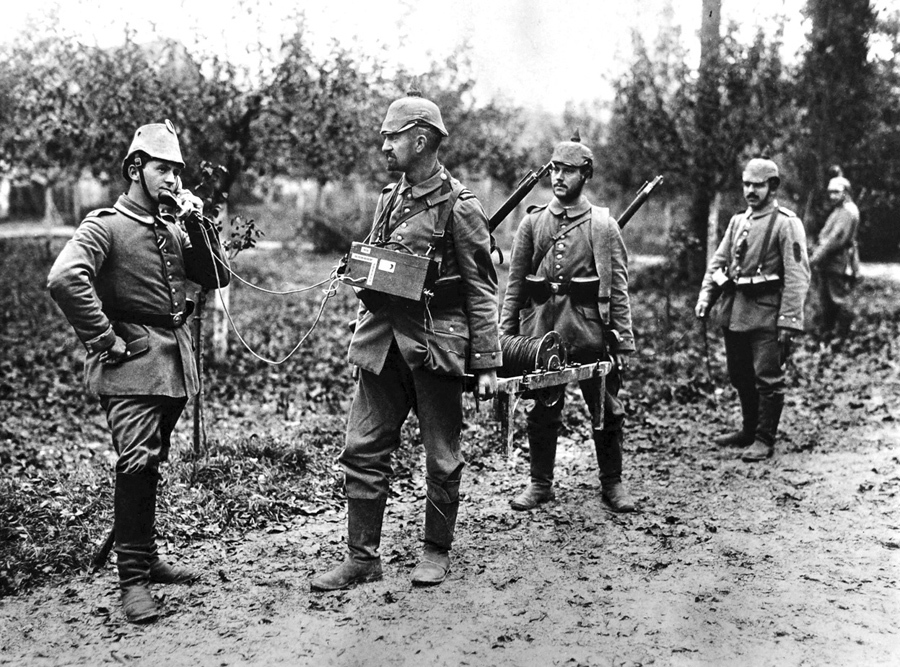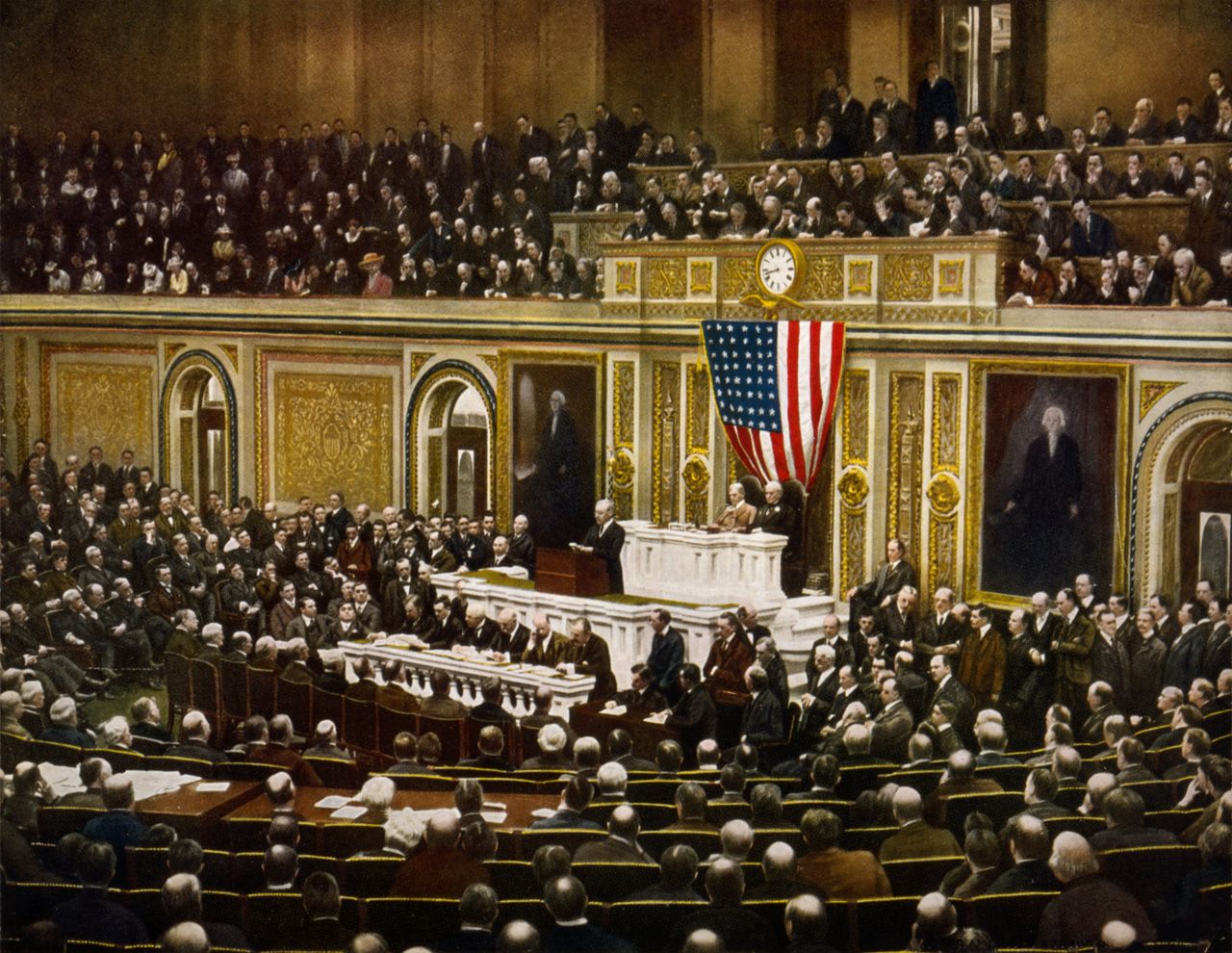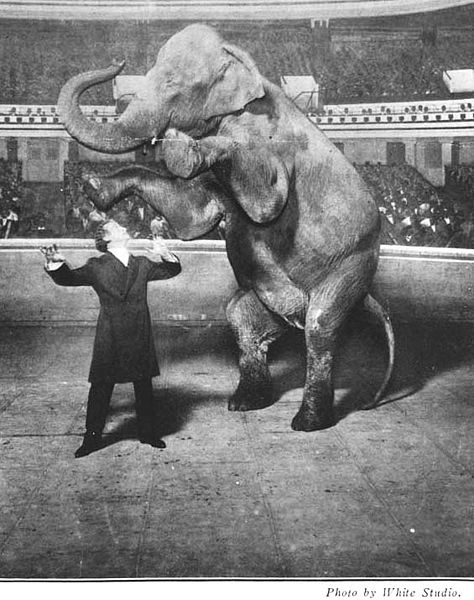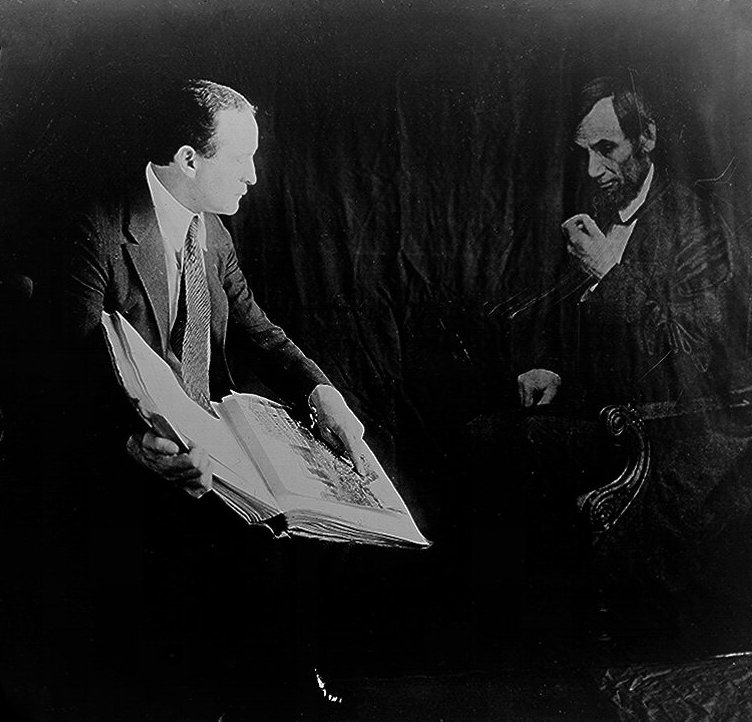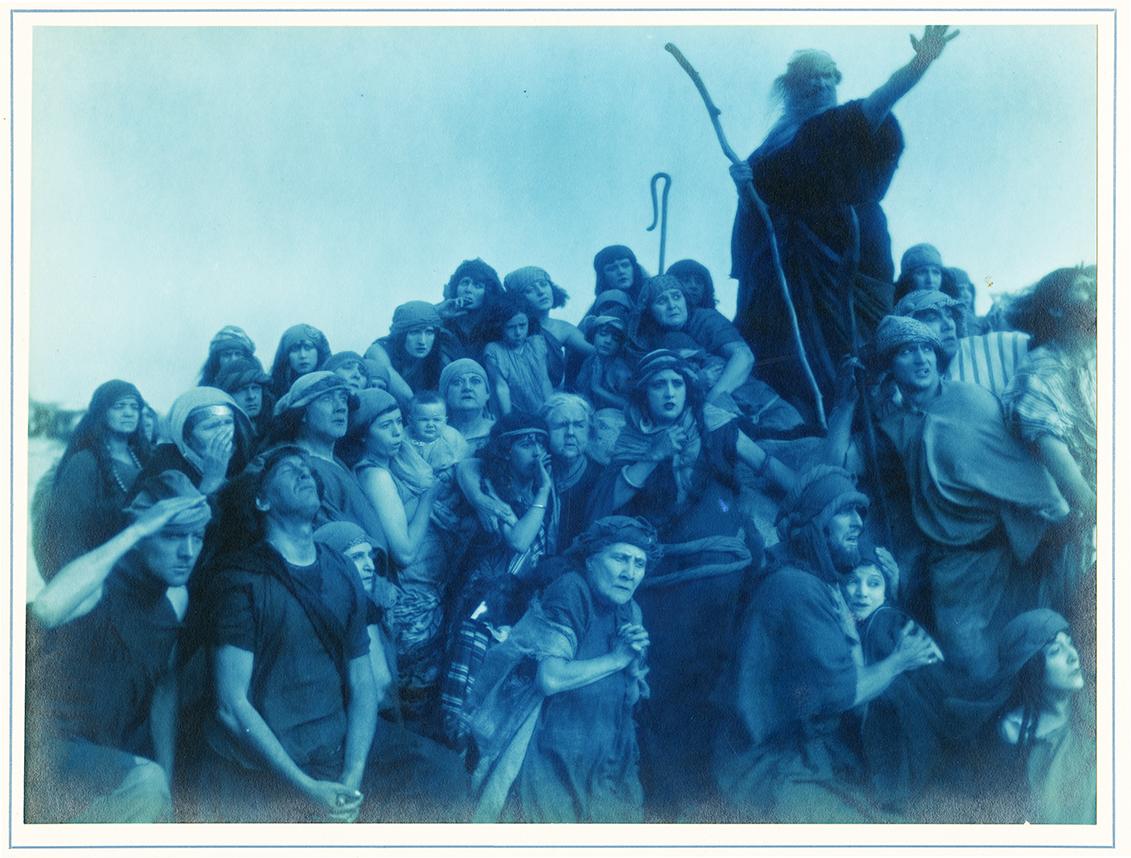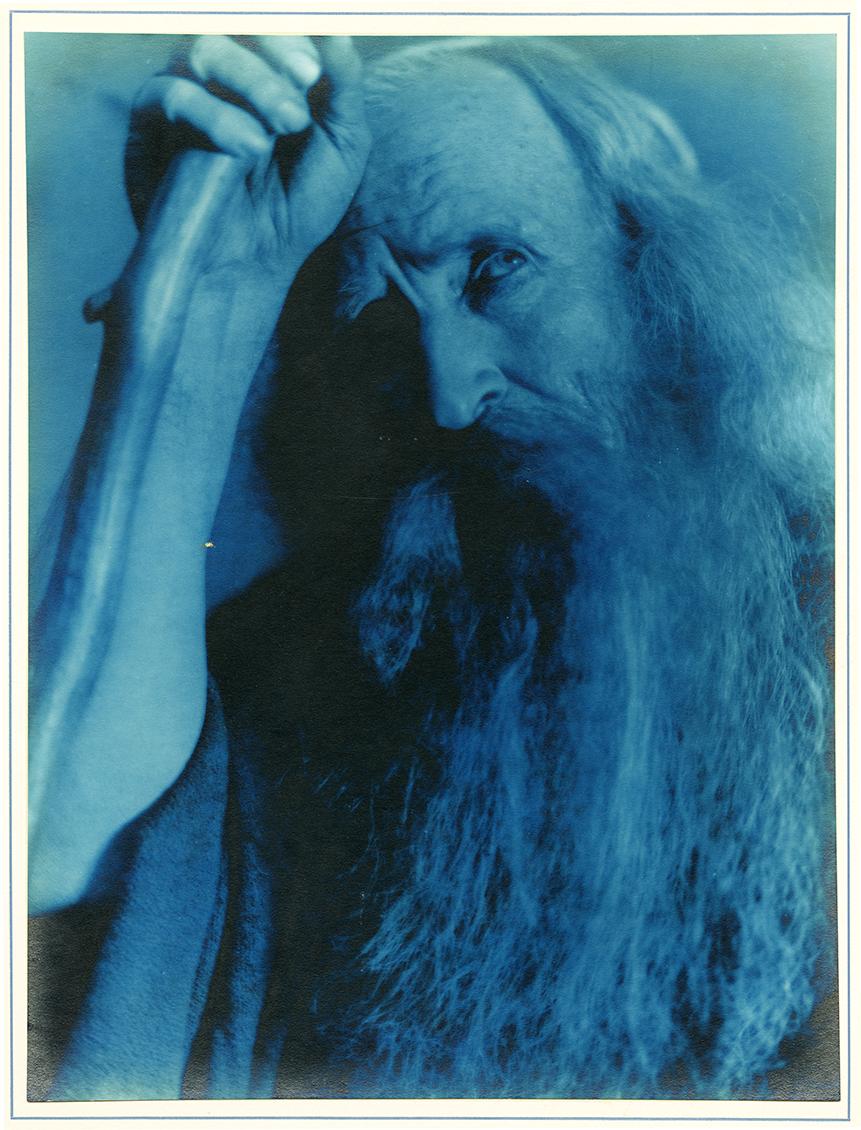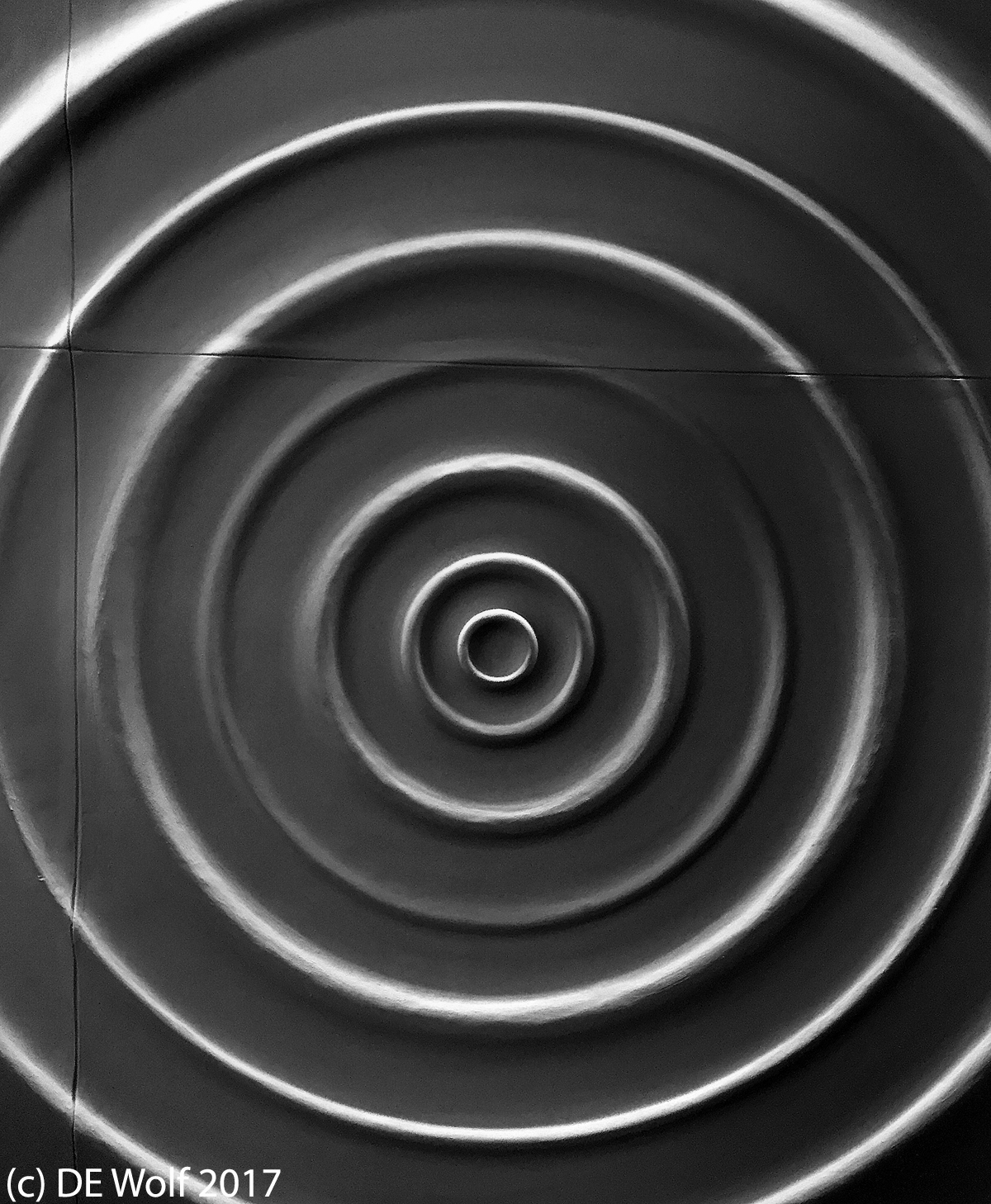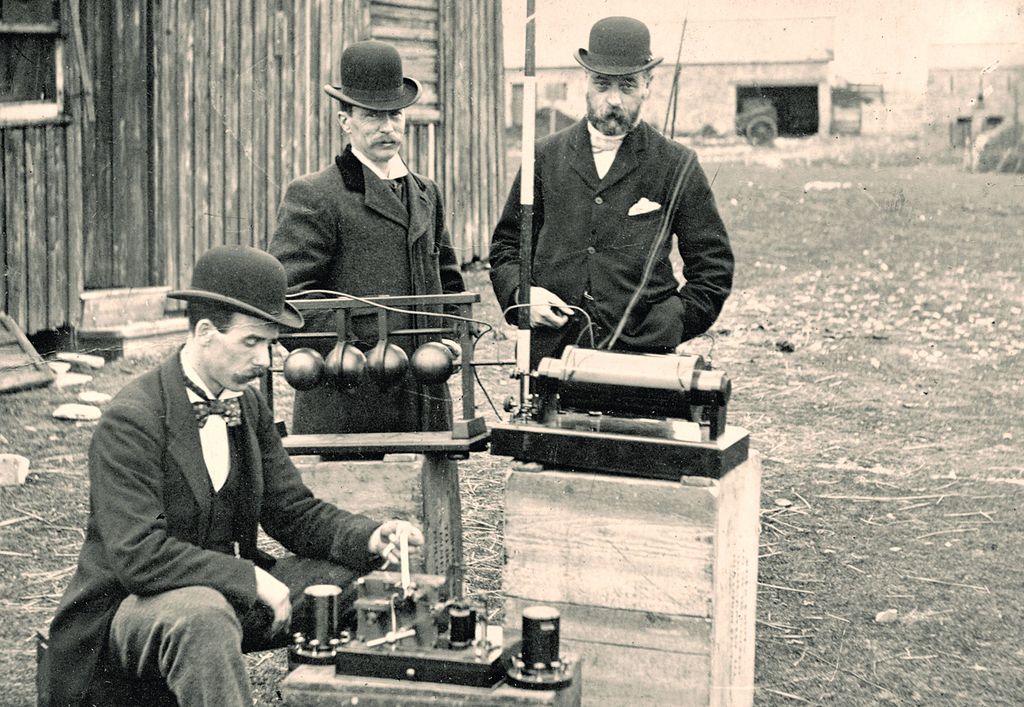
Figure 1 – British Post Office engineers inspect Marconi’s radio equipment during demonstration on Flat Holm Island, 13 May 1897. The transmitter is at center, the coherer receiver below it, the pole supporting the wire antenna is visible at top. From the Wikipedia and in the public domain in the United States
Yesterday’s post of German soldiers in World War I spooling out telephone wire is a bit comic. But it is comic much in the same way that Jules Verne stories or early science fiction movies where prosaic and comic. But on a much more serious note they indicate humans’ drive and belief that technology holds the answer and the key. That is the dream in the case of yesterdays’ image that we could have telephones without wires, that we could communicate across the ocean without having to lay down underwater cables, that we could broadcast music or even video across the oceans, or that we would have digital film-free camera with images ready to transmit across a paperless worldwide web.
All of this is , of course, exactly what we saw, And how rapidly it all evolved and unfolded. What are our dreams today? Wireless charging, interplanetary even interstellar space travel. Do we dare to dream of time travel or teleportation? While we must be cautious about our dreams, while we must concede to physical law and limits, it is so much fun to exercise our imaginations to dream and to imagine. I am reminded of the time traveler in HG Wells’ “The Time Machine,” who is driven to dream of the end of the end of the world.
‘A horror of this great darkness came on me. The cold, that smote to my marrow, and the pain I felt in breathing, overcame me. I shivered, and a deadly nausea seized me. Then like a red-hot bow in the sky appeared the edge of the sun. I got off the machine to recover myself. I felt giddy and incapable of facing the return journey. As I stood sick and confused I saw again the moving thing upon the shoal—there was no mistake now that it was a moving thing—against the red water of the sea. It was a round thing, the size of a football perhaps, or, it may be, bigger, and tentacles trailed down from it; it seemed black against the weltering blood-red water, and it was hopping fitfully about. Then I felt I was fainting. But a terrible dread of lying helpless in that remote and awful twilight sustained me while I clambered upon the saddle.’
And there is also a curious bifurcation. We do not always dream within the confines of technological reality. Sometimes it works the other way, where we dream and dream becomes reality.So we should not be too quick to draw lines.
So as a photograph to illustrate this wonderful story I have chosen Figure 1. On 13 May 1897, Guglielmo Marconi sent the world’s first wireless communication over open sea. The experiment involved transmission from Flat Holm in Wales transversed over the Bristol Channel to Lavernock Point in Penarth, a distance of 6 kilometers (3.7 mi). The message sent was appropriate then, and still appropriate for us dreamers today. It said simply:
“Are you ready?”

